ishikawa
Ishikawa Arts and Culture: Interesting Locations to Visit!
Thuy Fang
Posted on October 09, 2024
Share:
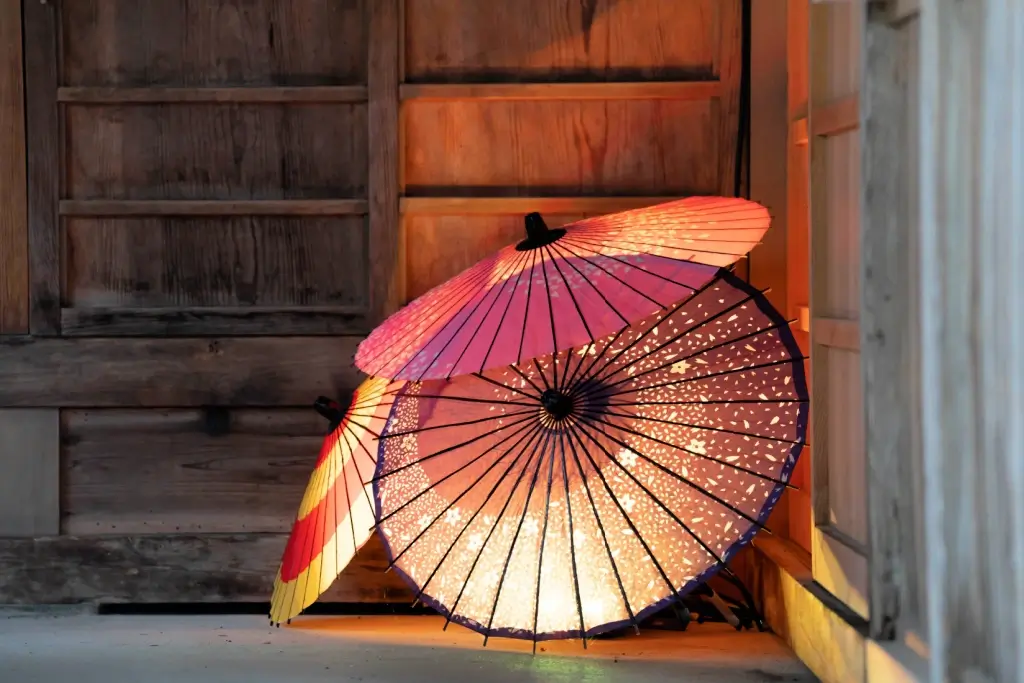
When visiting Ishikawa, you’ll be captivated by its rich and beautiful natural scenery, including majestic mountains and peaceful hot springs. This lovely prefecture is also home to many historical and artistic sites that reflect local people’s culture and way of life, both past and present.
Also, if you love Japan’s exquisite crafts, Ishikawa is a cradle of creativity where you can learn and experience many intriguing things. Let’s explore five destinations that allow you to dive deep into the arts and culture of Ishikawa!
Okunoto Salt Farm Village in Ishikawa
Okunoto Salt Farm Village is a special area in the Noto Peninsula, where traditional salt-making has been practiced for over five centuries. The village is famous for using the “Agehama” style of salt production, a demanding method passed down through generations. In this method, seawater is poured over sand, left to dry in the sun, and then the salt is carefully collected. It’s a valuable tradition you can only experience here.
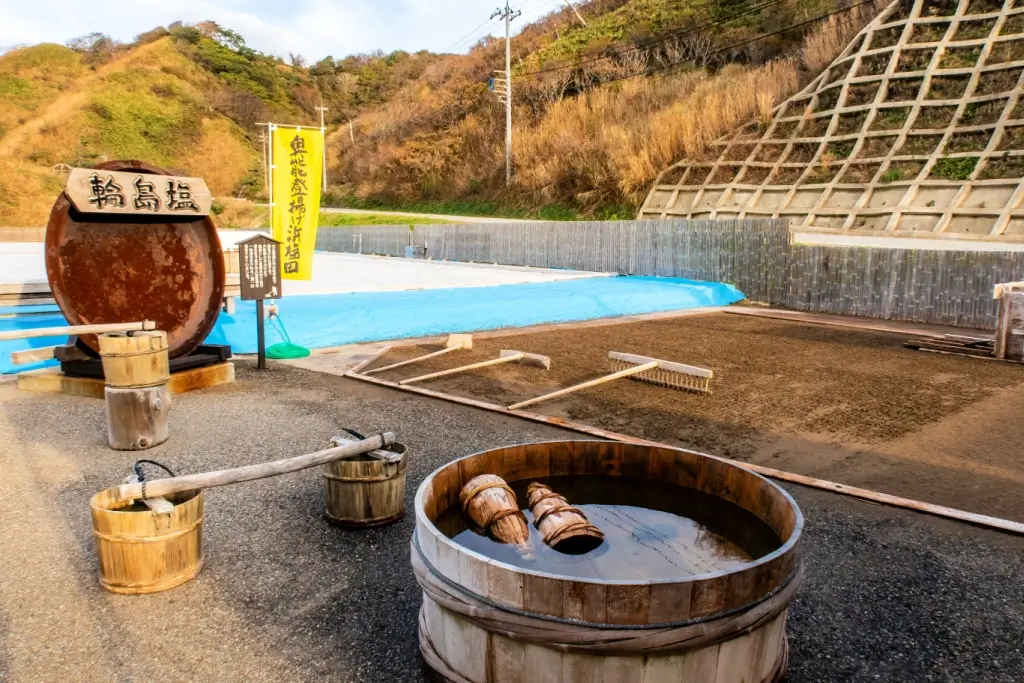
Visitors to the village can learn about and participate in the fascinating history of salt production! During the summer months (from July to October), this place offers hands-on workshops to try salt-making and bring home the salt you produce as a distinctive souvenir. The process involves working alongside experienced locals to discover how they harvest salt from the sea and the effort needed to produce it. It’s not just educational but also fun, especially for kids!
This is also a great spot to explore local culture and enjoy cool treats. Shops selling products made from locally harvested salt, such as onigiri (rice balls), tasty cookies, and even salt-flavored ice cream. These foods may let you taste the sea and show why Agehama salt is valued for its rich minerals. Additionally, exhibits explain the deep connection between the people of Noto and their salt-making tradition for those interested in history.
Kitamaebune Ship Museum
The Kitamaebune Ship Museum is situated in the beautiful Hashitate District. It tells the story of the kitamaebune, wooden trading ships that sailed these waters from the Edo period (1603-1868) until the early 1900s. The museum is housed in a magnificent mansion established in 1876 by Sakaya Chobei, a successful kitamaebune shipowner. This grand house reflects the wealth and style of its time with stunning wooden beams and doors made from special Akita cedar.
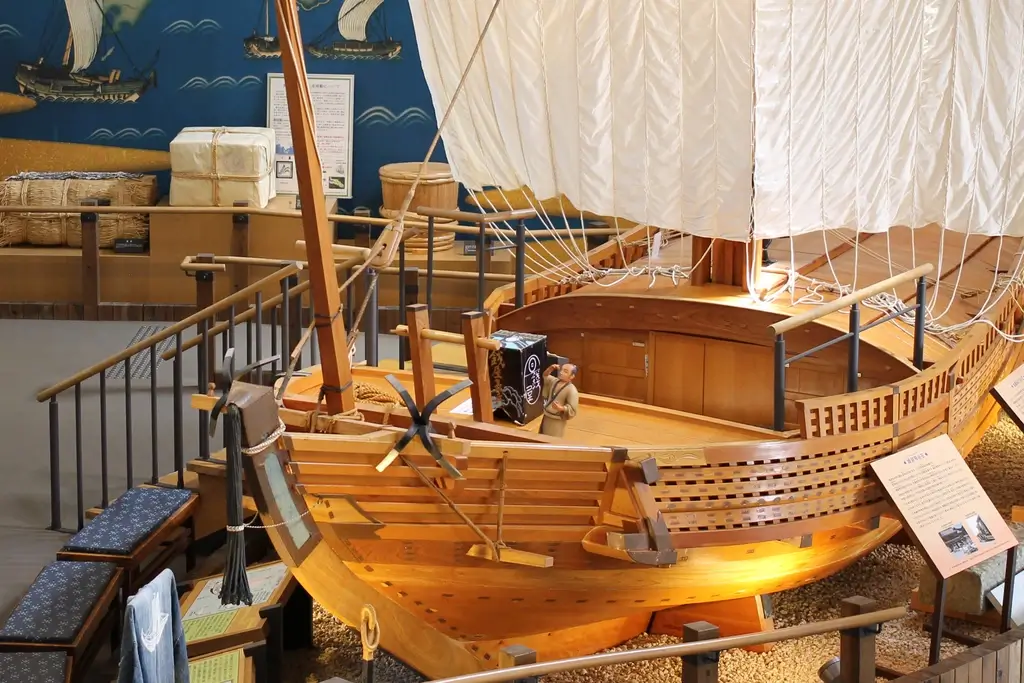
Inside, visitors can explore many exciting exhibits. The museum has navigation tools, model kits of kitamaebune ships, and nicely made ship chests that show what life was like on these boats. This place also displays ema, decorative tablets sailors used to pray for safe journeys. You can even find maps and documents that provide insights into the history of Fushiki and how it grew thanks to these trading ships. In the courtyard, there are also elegant lacecap hydrangea flowers that bloom in lovely colors from the middle of June to the beginning of July, adding to the museum’s charm.
Are you looking for great snacks from Ishikawa? Check out Sakuraco! Sakuraco delivers traditional Japanese snacks, sweets, tableware, and more from local Japanese makers right to your door, perfect for a pleasant snack time at home!
Ashigaru Museum
The Ashigaru Museum is in the Nagamachi district of Kanazawa, Ishikawa Prefecture. Here, you can learn about the lives of a common ashigaru (foot soldiers) from Japan’s feudal era (1185-1603). The museum is situated in two original Edo-period homes that belonged to the Shimizu and Takanishi families. These houses were well-kept and still used as residences until the 1990s. With their stone roofs and gardens, these homes show how the ashigaru lived in Kanazawa. This was very different from other areas, where they often lived in cramped row houses.
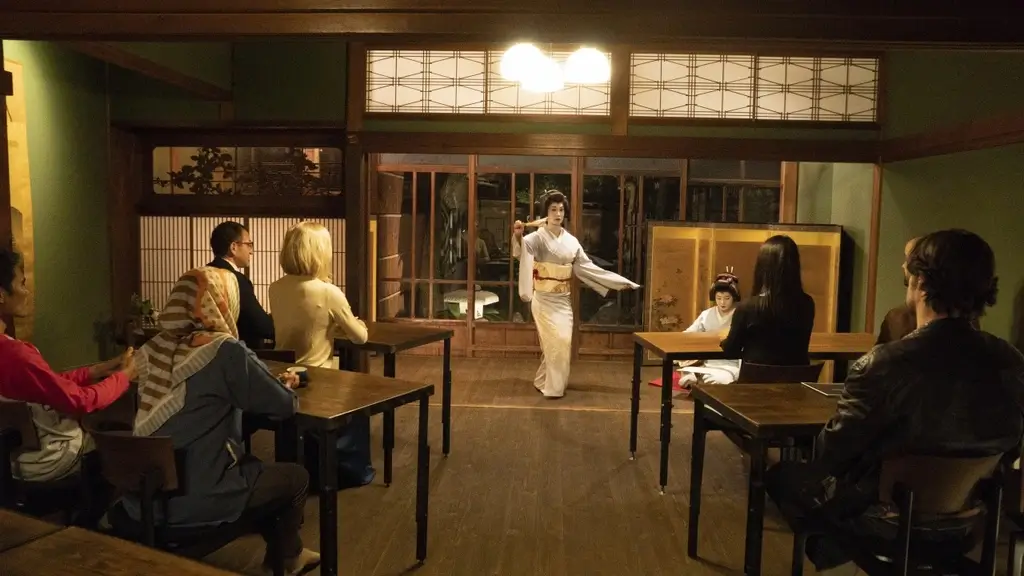
This museum exhibits many artifacts that tell stories about daily life for the ashigaru and their families. These include furniture, tools, and other household items. Visitors can also explore the living spaces and learn about the food they ate, the work they did, and how they spent their free time. This is a fun way to connect with the past and discover how these brave foot soldiers contributed to the lives of the samurai.
Motorcar Museum of Japan
The Motorcar Museum of Japan is a fascinating place in Komatsu City, Ishikawa Prefecture. This is Japan’s first automobile museum, opening its doors in 1978. It showcases a collection of more than 500 cars from the 1900s to the 1970s, making it the country’s largest museum! The building resembles a grand mansion with a majestic red-brick structure that spans three floors.
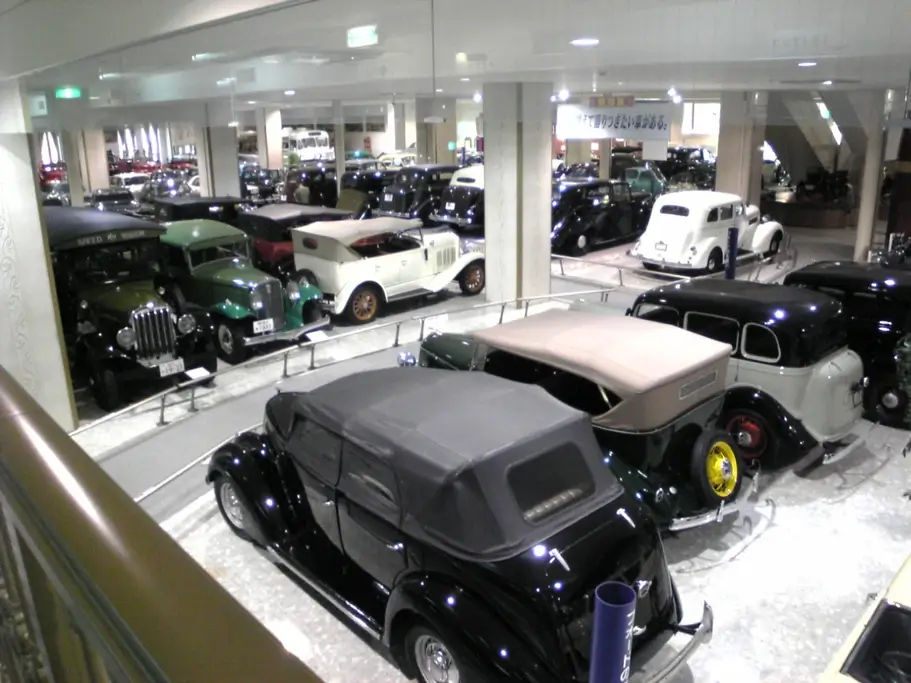
This spot reflects the culture of cars in Japan. You can check out numerous amazing cars, from unique foreign models to everyday vehicles. Some well-known highlights include the Rolls-Royce Princess Diana used when she came to Japan.
The center has different sections that group cars by their makers and types. Visitors can easily find classic Japanese brands such as Nissan, Toyota, and Mazda and famous international brands such as Mercedes-Benz and Volkswagen. The building also features cars, motorcycles, toy cars, and various car-related items like car catalogs and decorative lights.
Ohi Museum and Ohi Gallery
This excellent spot celebrates the Ohi family’s unique tea ceremony ware, which has a history of over 350 years. Each tea bowl here is made by hand, without using a potter’s wheel. They are crafted in a small kiln used for generations, starting with the family’s founder – Ohi Chozaemon I. You can learn about how this traditional pottery is made and the importance of tea ceremonies in Japanese culture.
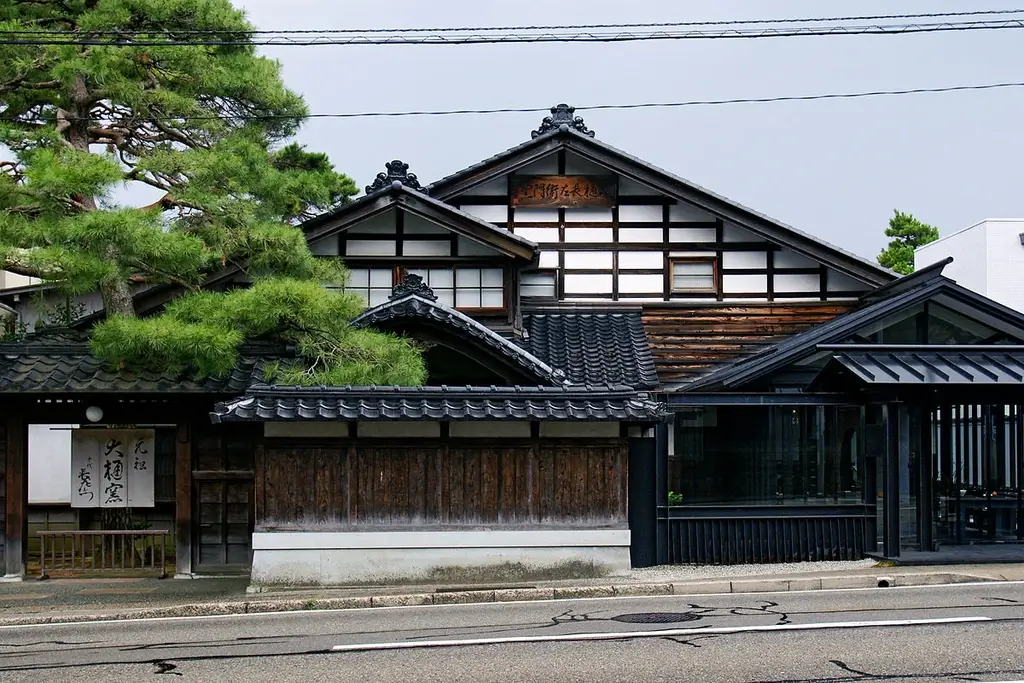
The museum is next to the Ohi family’s historic home, which features a centuries-old red pine tree. Inside the museum, three rooms display the fascinating history of Ohi ware, showcasing pieces from all the Ohi family generations. You’ll see exclusive items like the Ohi Glazed Water Jar with sea urchin handles and the Sacred Tea Bowl made by Chozaemon I. Furthermore, the Ohi Gallery, designed by architect Kengo Kuma in 2014, features works by current Ohi potters. Here, you can buy unique Ohi pottery or enjoy Kanazawa-style sweets and matcha tea in these charming bowls.
Why should I check out these arts and culture sites in Ishikawa?
Exploring Ishikawa’s arts and culture sites is a beautiful way to connect with Japan’s rich heritage. Each location offers a unique glimpse into the region’s traditions, crafts, and history. Whether learning about salt-making, foot soldiers’ lives, or traditional pottery’s beauty, you’ll better appreciate Ishikawa’s cultural significance. Plus, these experiences can be fun and engaging for everyone! So, which location are you most excited to visit in Ishikawa? Leave a comment below!

Discover authentic flavors with Sakuraco
Get Sakuraco 

Discover authentic flavors with Sakuraco
Get Sakuraco 
Related Articles
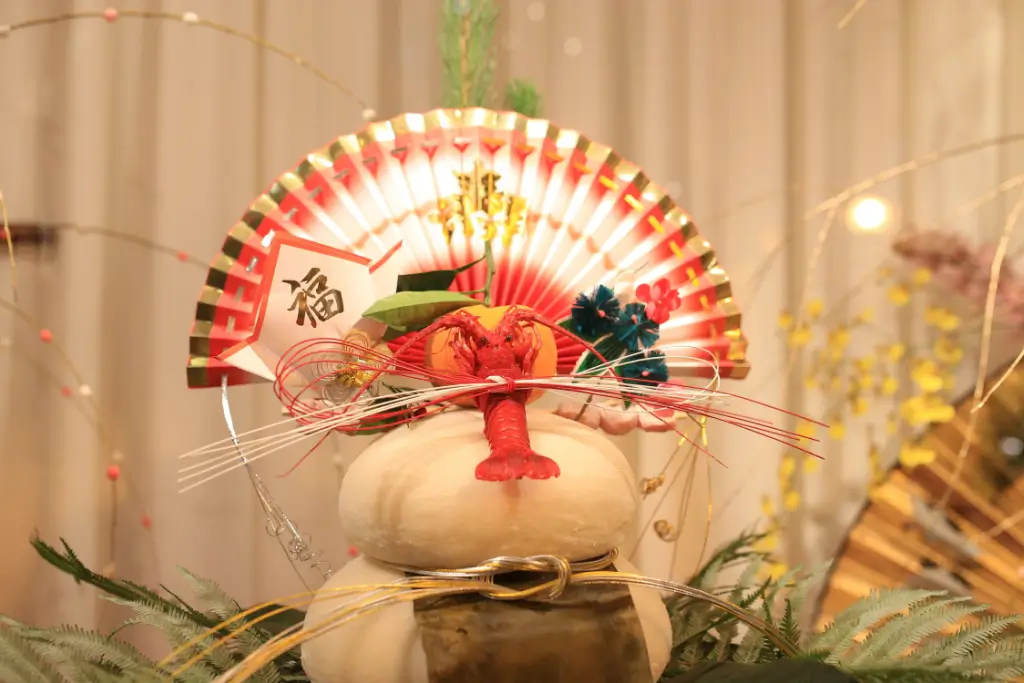
Toshigami and the New Year: How Shinto Welcomes a Sacred Visitor
In the Shinto tradition, Toshigami is the deity who arrives at the end of every year and remains through the New Year to bring blessings, a bountiful harvest, and good fortune. People in Japan honor Toshigami at the turn of the year with rituals, decorations, and special foods.
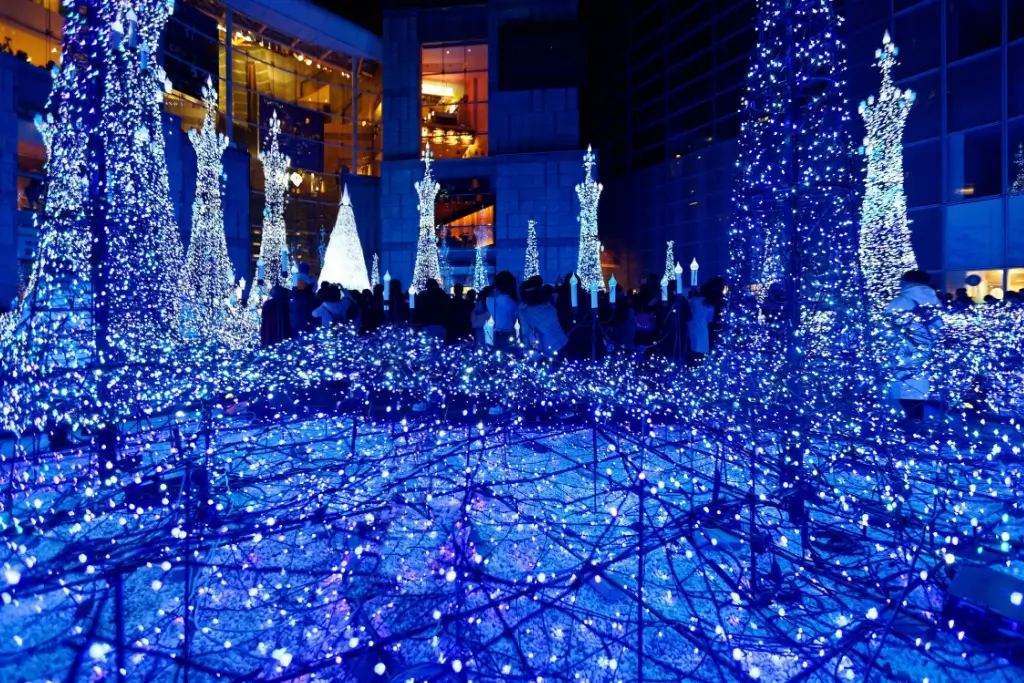
Japan in Winter: Why Are Illuminations Important?
Winter illuminations have become a tradition in Japan at the start of every Christmas season. Their sparkling brilliance chases away the cold of Japan in winter and encourages people to enjoy festive year-end activities. Let’s explore the origins and the amazing spots of winter illuminations in this beautiful country!

Behind the Camera with Rachel and Jun: Stories from Everyday Life in Japan
We had a lovely chat with Rachel and Jun about their story, from their early beginnings to how their videos continue to inspire people around the world. We’ve gathered and crafted their reflections into this special feature, so you can experience their story in a way that feels just like their videos: warm, genuine, and…
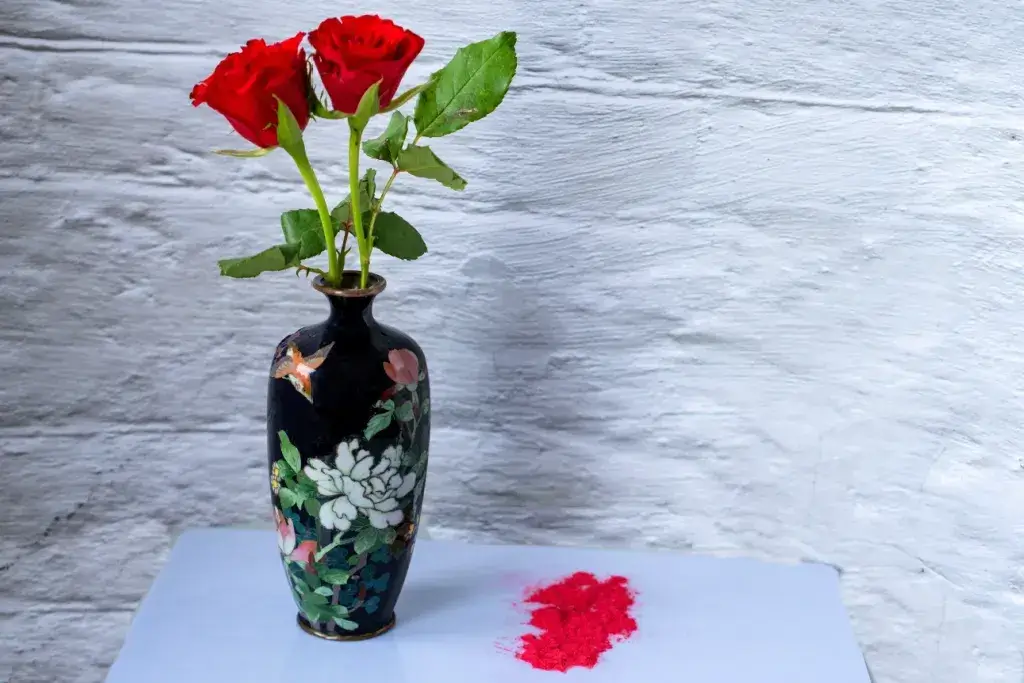
Japanese Ceramics: The Alluring Wares of Shippo Yaki
Imagine holding a small dish that glows as if sunlight is trapped inside it. This perfect example of Japanese ceramics resembles glass, with its colors deep and luminous, outlined with threads of silver. That’s the magic of shippo yaki.



